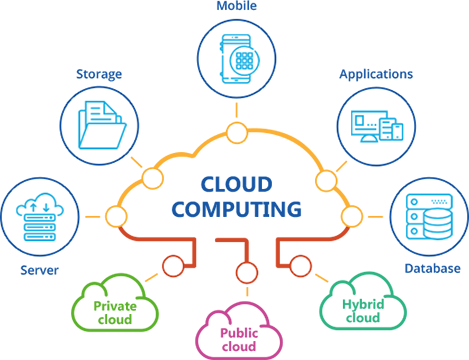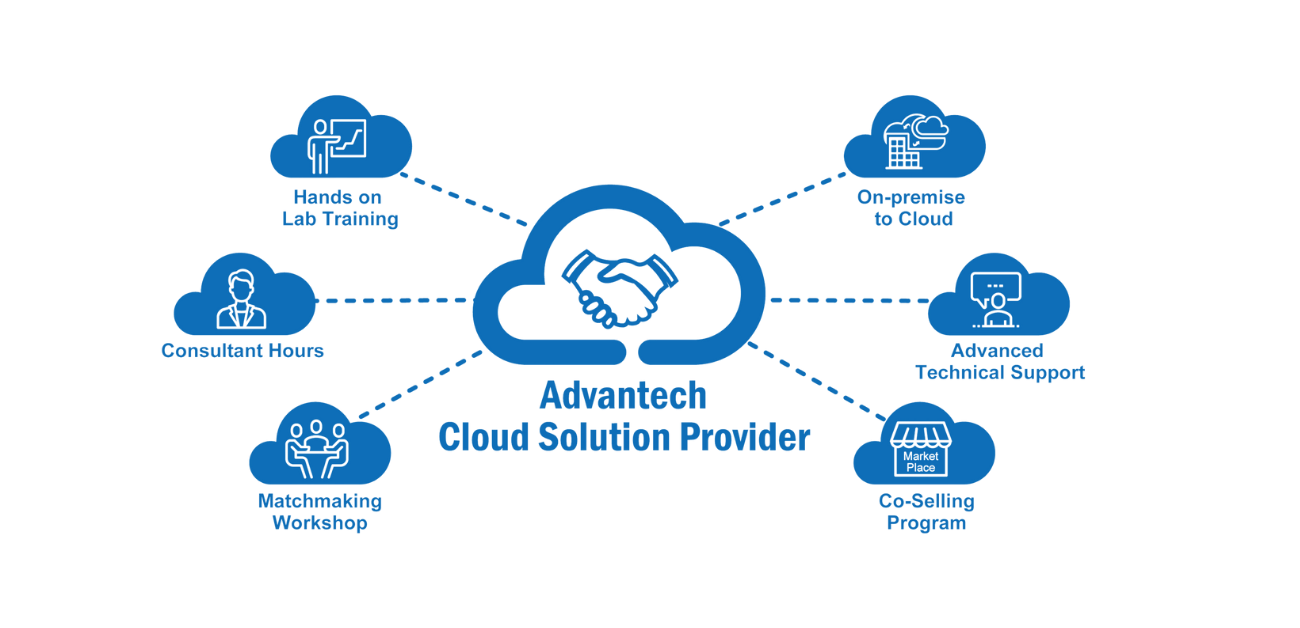Increase Your Online Existence with LinkDaddy Cloud Services: Reliable Strategies for Cloud Services Press Release
Simplify Your Framework With Cloud Provider
As organizations browse the ever-evolving landscape of modern technology and information administration, the role of cloud solutions in streamlining infrastructure has come to be significantly famous. The allure of structured procedures, enhanced performance, and enhanced resource appropriation with cloud services is obvious. Nonetheless, the journey towards an extra affordable and agile IT framework entails even more than simply moving to the cloud. It needs a calculated approach and a deep understanding of the nuances of cloud fostering. So, exactly how can businesses successfully navigate this change and really open the potential of cloud services for simplifying their infrastructure?
Benefits of Cloud Services
Cloud services provide a streamlined technique to handling IT infrastructure, offering companies with scalability, adaptability, and cost-efficiency. Among the vital benefits of cloud services is the scalability they supply. Businesses can quickly scale their sources up or down based on need, ensuring they just pay for what they use. This flexibility is especially advantageous for organizations with rising and fall requirements or those experiencing development.
Furthermore, cloud services eliminate the need for businesses to buy expensive software and hardware. This cost-efficiency is a significant advantage, particularly for little to medium-sized business wanting to reduce ahead of time prices. By utilizing cloud solutions, businesses can access high-grade IT sources without the significant cost related to typical facilities configurations.
Additionally, cloud solutions supply businesses with the versatility to access their data and applications from anywhere with a web link. This level of availability boosts collaboration among groups, allows remote job, and enhances total performance. The flexibility provided by cloud solutions encourages companies to adjust promptly to changing market conditions and customer demands.
Expense Financial Savings and Scalability
Along with the operational benefits highlighted previously, the assimilation of cloud services into a business's facilities brings forth substantial expense savings and improved scalability. Cloud services use a pay-as-you-go design, enabling services to range sources up or down based upon existing demands, therefore staying clear of the prices connected with maintaining excess capacity. This flexibility allows business to adjust swiftly to rising and fall demands without incurring unnecessary expenditures.
Furthermore, cloud solutions remove the need for in advance investments in equipment and software, decreasing funding expenditures. Overhead are likewise reduced as companies no longer require to take care of and maintain physical servers, causing lower power intake and IT staffing expenses. Furthermore, cloud services give automated updates and maintenance, guaranteeing that the framework continues to be updated and protected without needing manual treatments.
Enhanced Protection Procedures
When integrating cloud services right into a company's facilities to make certain and protect delicate information compliance with market laws,Executing rigid security steps is extremely important. Cloud provider supply improved security features such as information security, firewall protection, and multi-factor verification to mitigate cybersecurity dangers. File encryption helps secure data both at remainder and in transit, guaranteeing that just accredited users can access sensitive information. Firewall softwares function as a barrier in between outside dangers and inner networks, surveillance and regulating outbound and incoming network traffic. Multi-factor authentication adds an extra layer of security by requiring users to provide numerous kinds of verification before accessing the cloud services.
Moreover, routine protection audits and conformity assessments help identify susceptabilities and make certain adherence to sector standards. Business can likewise gain from attributes like computerized protection updates and real-time danger tracking provided by cloud provider. By focusing on safety steps and remaining positive in addressing possible dangers, services can confidently take advantage of cloud services while securing their useful data from unapproved accessibility or breaches.
Transitioning to Cloud Framework
To effectively integrate cloud solutions into a business's infrastructure, a structured strategy that resolves the change in the direction of cloud-based options is imperative. Transitioning to shadow infrastructure entails cautious planning and implementation to make sure a smooth migration process. The primary step is to evaluate the current facilities and figure out which systems and applications are ideal for movement to the cloud. This analysis should think about aspects such as data level of sensitivity, compliance requirements, and efficiency requirements.
As soon as the assessment is full, a migration approach need to be established. This approach ought to outline the timeline, sources, and obligations for moving each element to the cloud. It More about the author is important to communicate this strategy plainly to all stakeholders to make certain positioning and reduce interruptions throughout the change.
During the movement testing, surveillance and procedure are crucial to identify and attend to any type of issues quickly. Regular checkpoints need to be established to track progression and make needed adjustments. In addition, training for workers on using cloud solutions ought to be given to make certain a successful transition and optimize the benefits of the new framework.
Best Practices for Cloud Fostering
Effective fostering of cloud solutions depends upon the calculated positioning of organization objectives with technological capabilities and organizational preparedness. To ensure a smooth change to the cloud, organizations need to begin by carrying out an extensive assessment of their existing facilities and identifying which workloads are best matched for cloud migration. It is critical to include vital stakeholders from various divisions in the decision-making process to obtain buy-in and attend to any type of worries early.
One more best practice for cloud adoption is to focus on security and conformity. Organizations has to carefully review the security actions supplied by cloud solution carriers and guarantee that their information is shielded according to sector criteria and regulative demands. Carrying out robust data security, gain access to controls, and routine security audits can help alleviate dangers connected with cloud fostering.

Conclusion

As businesses navigate the ever-evolving landscape of modern technology and data administration, the duty of cloud services in simplifying infrastructure has come to be increasingly noticeable - linkdaddy cloud services press release. How can services properly navigate this change and absolutely open the capacity of cloud solutions for simplifying their facilities?
Cloud services supply a streamlined approach to handling IT framework, offering businesses with cost-efficiency, versatility, and scalability. By using Full Article cloud solutions, check this site out services can access top notch IT resources without the large rate tag associated with conventional infrastructure configurations.
To make certain a smooth transition to the cloud, organizations need to start by carrying out an extensive analysis of their present facilities and determining which workloads are best suited for cloud migration.